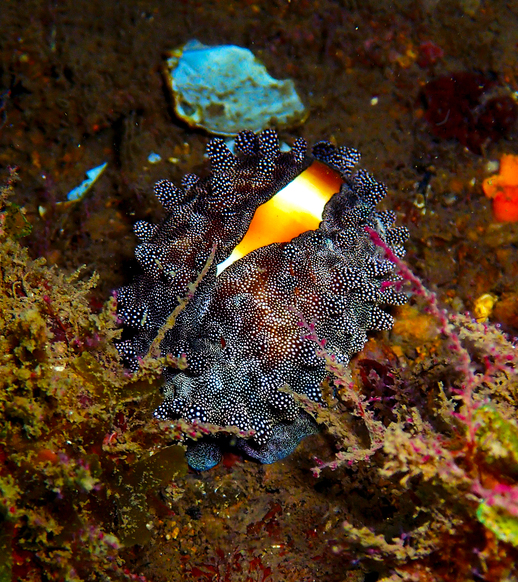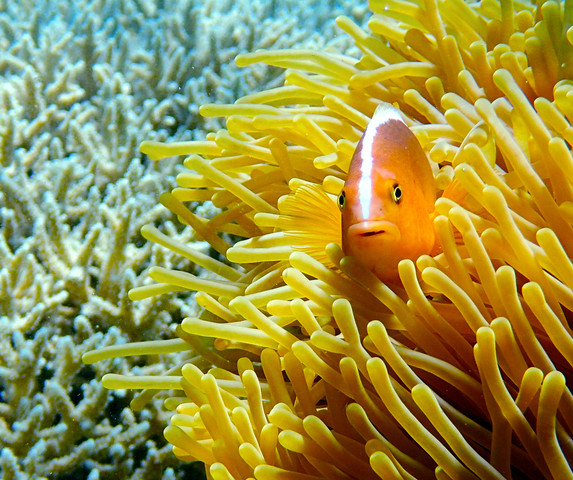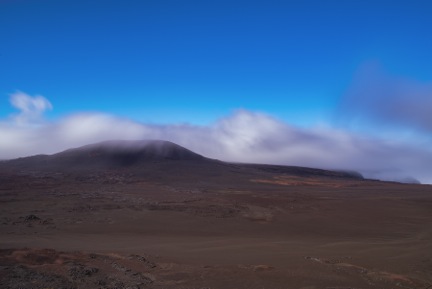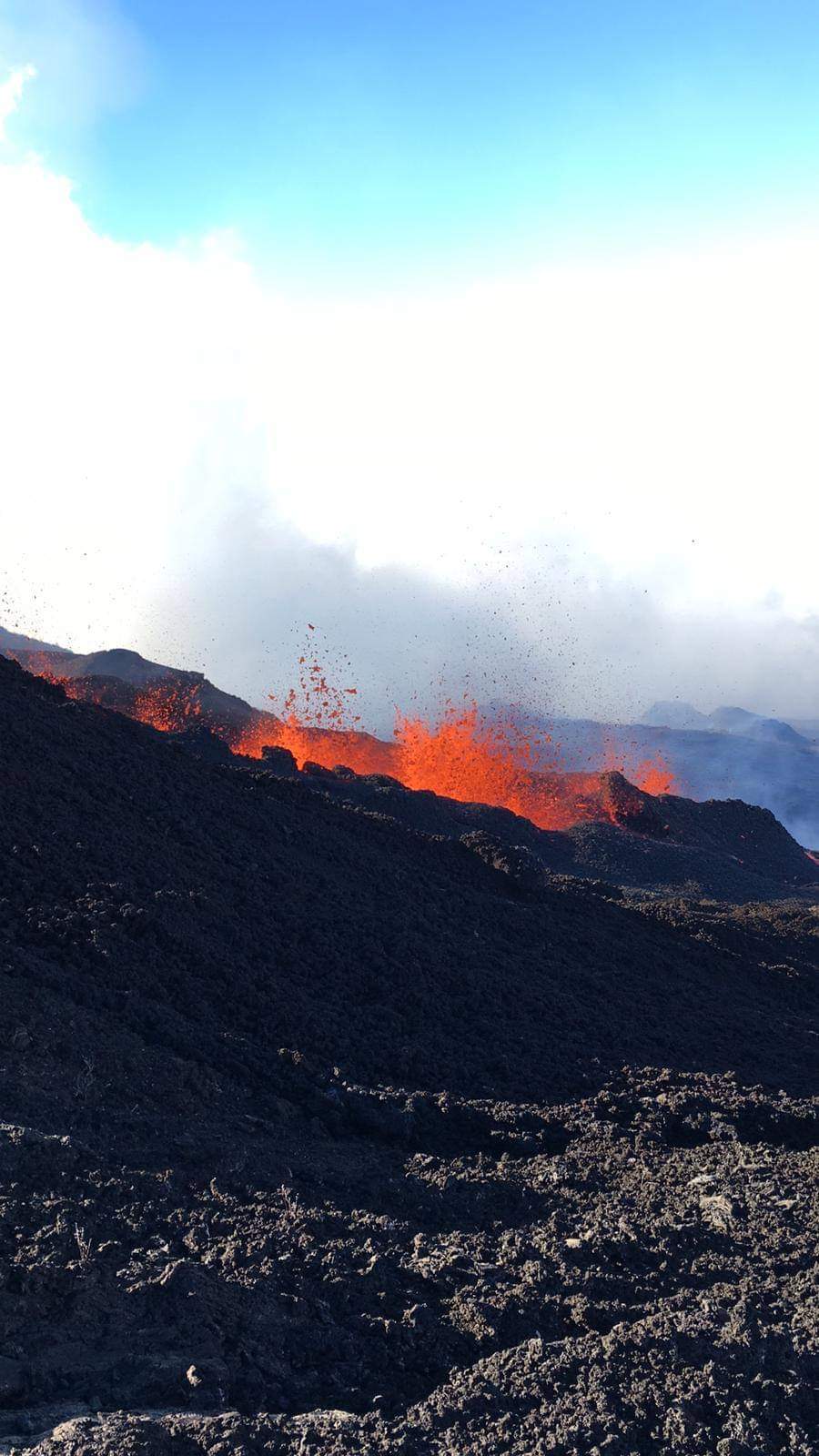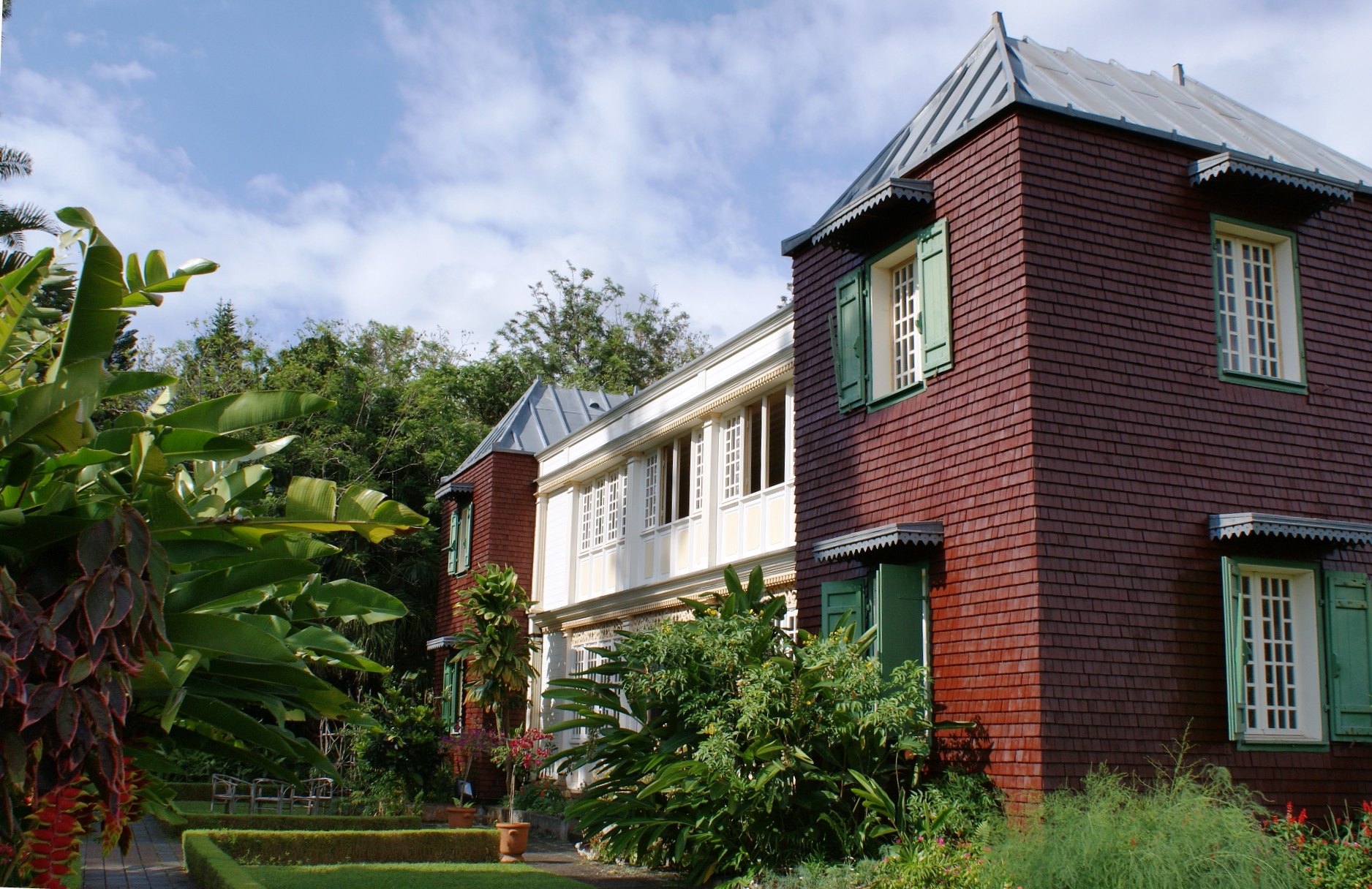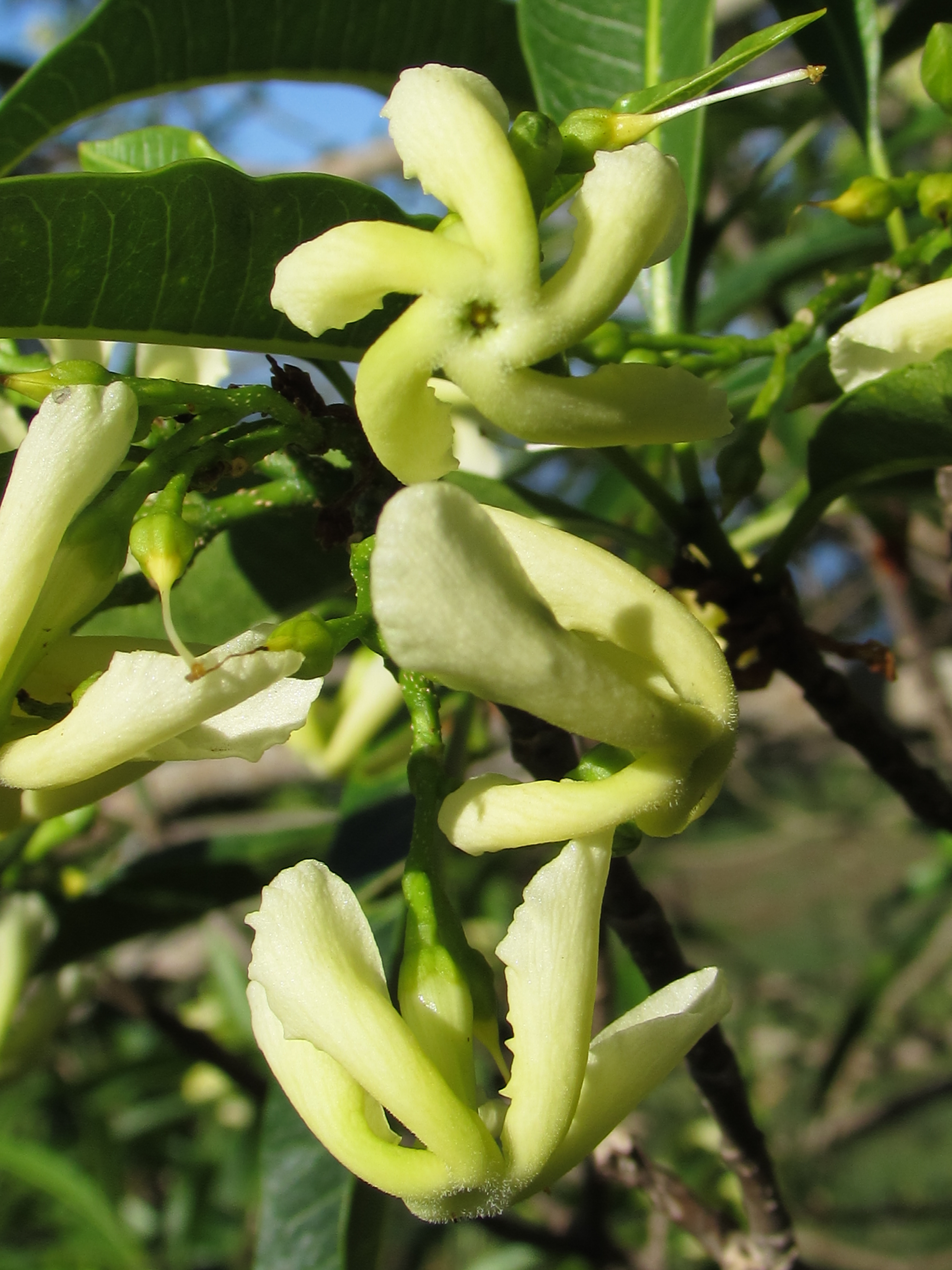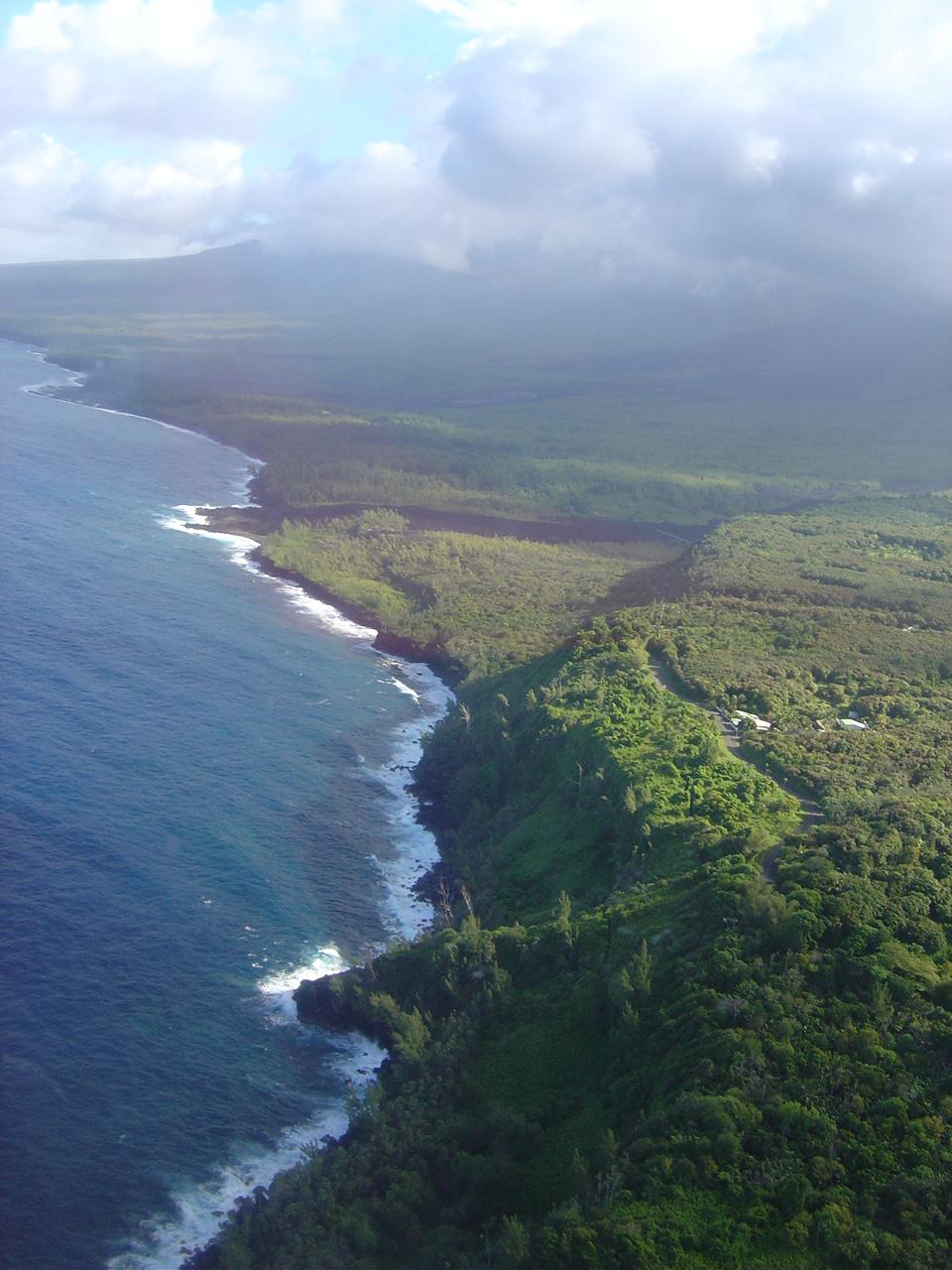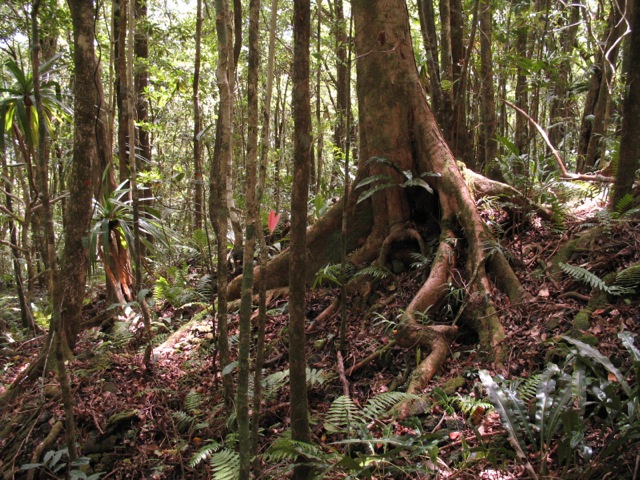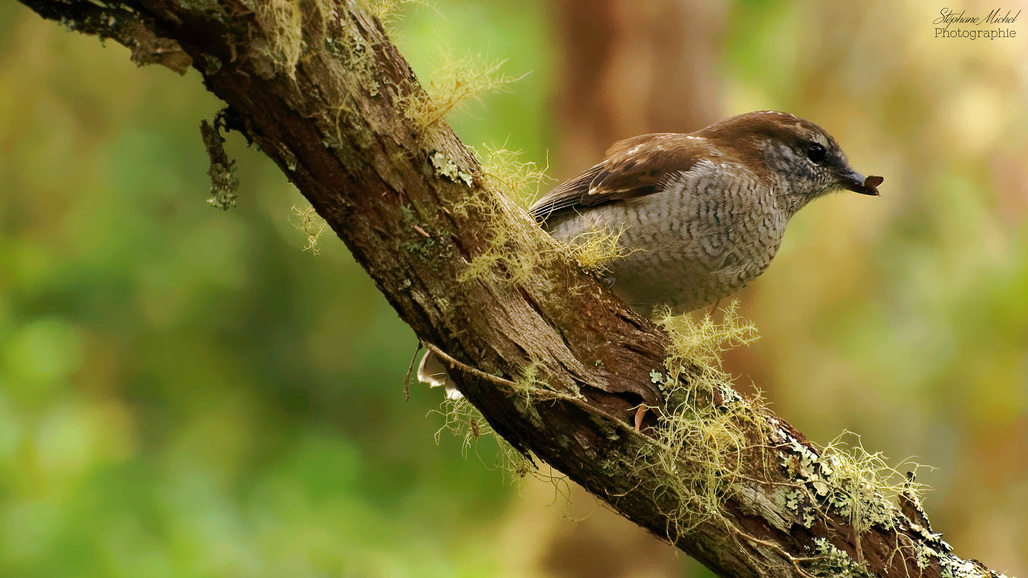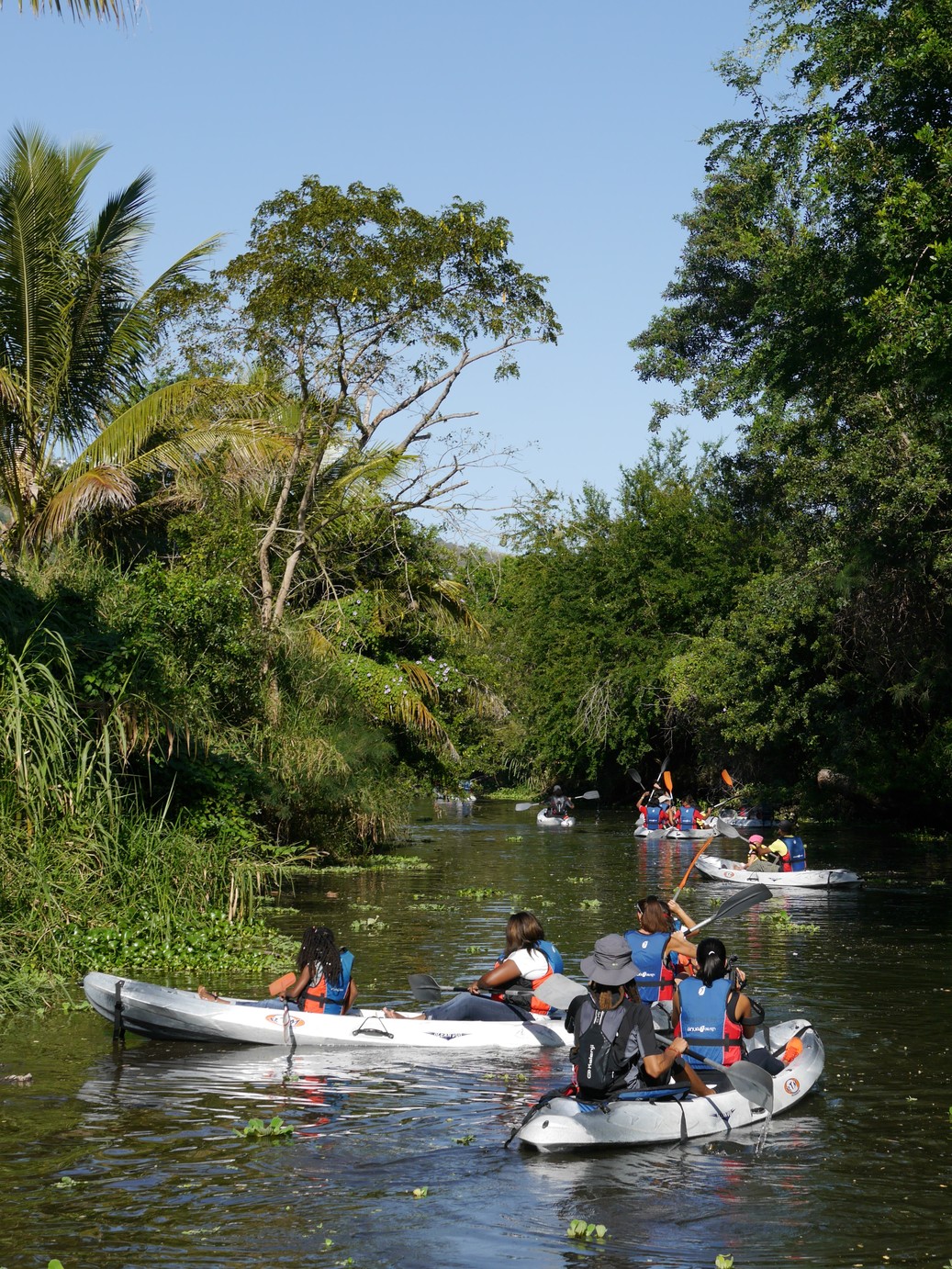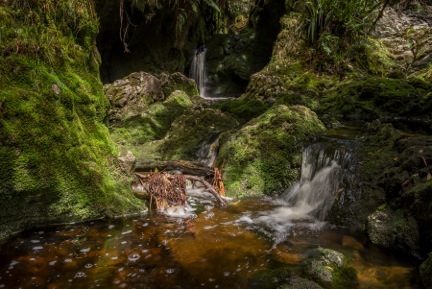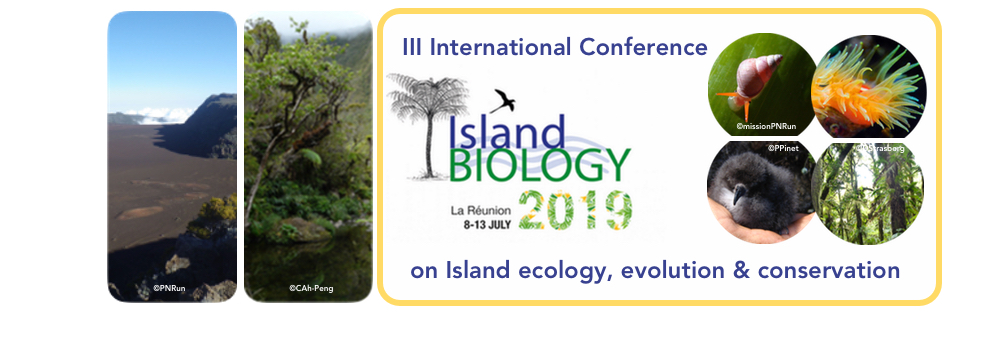
|
|
|
Field trips > Mid conferencePlease see the description of the proposed mid-conference field trips below, as well as links to book the trips, by moving your mouse over the titles. Note that the number of seats available per trip is limited. 1. Coral reefs and marine ecologyThe filed trip will start in the lagoon with snorkeling in l'Hermitage lagoon, to discover the richness and fragility of the reef biota. Snorkeling equipment will be provided, groups of 10 persons will be guided along a specific itinerary. On shore, a team from the marine reserve would give an overview on the threats faced by marine ecosystems for La Réunion. The bus will then depart to Kelonia (Turtle observatory centre), which participates to the protection of turtles and their habitats in Réunion and the South West Indian Ocean. The centre also rescues sick and hurt turtles which are released after recovery. A guided visit will be done at Kelonia BOOK HERE : https://forms.gle/7caoTwMimonMjDAo6
2. The active volcano Piton de La FournaiseThe massif of Piton de La Fournaise volcano forms the southern / eastern third of Reunion and culminates at 2631 meters of altitude in the center of an uninhabited caldera. Located within this enclosed space is the Piton de La Fournaise, one of the most active volcanoes on the planet (9 eruptions since 2015). From Bourg-Murat, a panoramic itinerary opens on a mosaic of agricultural and forest landscapes until reaching a completely mineral environment. It is an invitation to travel back in time to understand the creation of the island. Its layout is sequenced by landscapes born from the life of a volcano that has been active for 500,000 years. The volcano forest road, the only access road approaching closer to the summit, seems to go back in time. The departure offers an exceptional panorama towards the Piton des Neiges massif and lets one guess the troubled geological past of the island. The progression then abruptly meets the border of an impressive peak, bordering the long valley of the River ramparts. Beyond, after a crossing of moors as far as the eye can see, the road plunges towards the desert Plaine des Sables. It draws its beauty from its minerality whose colors change with the day. It is from this emblematic balcony (Pas de Bellecombe) that the volcano imposes all its majesty, regularly sublimated by some magical eruptions. The presentation of the High Volcano by the National Park officers will be organized around the World Heritage classification: Four stops will be proposed along the route: Nez de Boeuf, Commerson Crater, Plaine des Sables and Pas de Bellecombe (around 30 min per stop). Lunch will be taken in the vicinity of the volcano. A stop at a restored montane forest by a local NGO (AV2M) will be done, with the visit of the nursery and the restored forest. A short visit of the volcano museum will be scheduled, during this visit the director of the Volcanological observatory (Dr. Aline Peltier) will present her work and the recent volcanological events BOOK HERE : https://forms.gle/e7CYdmLVJQaWGnKS8
3. National Botanical Garden of MascarinThis former agricultural estate that belonged to the family of Armand de Chateauvieux is located 500 m above sea level and overlooks Saint-Leu. Today, property of the Department of La Réunion, this estate extends over 8 landscaped hectares, and houses two complementary entities whose purpose is to know, conserve and enhance the plant heritage of our island: - "Réunion Mascarin Botanical Garden" Program of the day: But also the discovery of Succulents, Palm trees, Coffee varieties of the world...
BOOK HERE : https://forms.gle/Jnpdnxm5sbZBaHKH6
4. The chronosequence of lava flows and Mare Longue lowland forestThe group will depart from St Denis and take the direction of the South-East of the island. First stops will be done on the recent lava flows of the Piton de La Fournaise, which provides an excellent setting to study primary succession. Visitors will be able to observe native pioneer species (lichens, mosses, ferns) and native trees (Agarista salicifolia, Anthirhea borbonica) that compete with many invasive wind-dispersed species (Boehmeria penduliflora, Casuarina equisetifolia, ...). A few kipukas retain late successional native trees in matrix dominated by fleshy fruited alien plants. The group will then take the direction of the village of Saint-Philippe and stop on older lava flows with the remnant lowland forest (Mare Longue forest) for the archipelago. A picnic will be taken on lava flows close to the sea shore. This area is characterized by its well preserved coastal vegetation area. A botanical visit of this unique habitat will be organized in the early afternoon. Please take hiking shoes, a rain jacket, a hat and in case mosquito repellent lotion. Before heading back to Saint-Denis a stop in local handcraft shops to purchase local vanilla and products will be scheduled. BOOK HERE: https://forms.gle/dUH4yTDbp96ymSqU6
5. Northern massif of La Roche Ecrite, territory of the Réunion Cuckoo-shrikeA mosaic of original natural environments composed of Acacia heterophylla forests, high-altitude moorlands and cloudforests, the Roche Ecrite Massif constitutes, in the heart of the National Park, the last refuge of one of the endemic birds of Reunion, in critical danger of extinction: Lalage Newton, locally called "Tuit-tuit". The outing will be lead by the National Park officers on the following topics: - Flora: the zonation of native habitats with the different stages of montane vegetation along the elevation gradient; the different forest types and growth forms originality of this forest (bryophytes, epiphytic orchids, ferns, etc.), the threats by invasive species (Fuschia, Gingers, Privet, Guava etc.) Departure from Mamode Camp (1192 m): 8 am. Several groups according to physical condition (3 groups minimum) BOOK HERE: https://forms.gle/MjbJqYVYGZg3qFYj6
6. Natural Reserve of the wetland Etang de Saint-PaulThe National Natural Reserve of the Etang de Saint-Paul was created on January 2, 2008, to protect the largest coastal wetland of the Mascarene archipelago of more than 440 hectares. It is located between the cliffs of Tour des Roches and the bay of Saint-Paul, in the heart of an agglomeration of more than 100,000 inhabitants. It is a place of rare nature in Réunion, characterized by a typical wetland vegetation and the permanent presence of water, in the heart of the driest area on the island. The ecoguards of the Nature Reserve will accompany the group to discover the natural environments and remarkable species of the wetland. They will also present the hydrological functioning of the wetland as well as the actions that they undertake on this space to preserve the area. Two visits are proposed: 1. A guided kayak tour, through the channels, to discover the fauna, flora and landscapes in the heart of the wetland, in the area of complete protection of the Reserve. Accessibility: Everyone. Bring an outfit adapted to the practice of kayaking (swim shorts, water shoes or flip-flops, beach towel and possibly spare clothes). The tours are accessible to all and will be in both English and French, please bring cap, bottle of water, sunscreen and mosquito repellant. Visitor reception will take place at the Nature Reserve House in Savanna (rue Jules Thirel). Possibility of a picnic on the Savanna reception area of the reserve grounds. The group will be divided in two groups, which will alternate the proposed tours during the day. BOOK HERE: https://forms.gle/1xTv9dxzuQipXHeb8
7. The Bébour and Bélouve cloud forestsThe group will take the direction of the cloud forests (> 1000 m), the morning will be dedicated to observe the unseen diversity for plants (cryptogams) and arthropods, please bring your hand lens. The National Park officers will also present the landscape and geomorphology of these systems. Themes of the day will also concern the importance of cloud forest systems for the hydrology of the island, the threats on these systems and the long term monitoring of natural areas on the island will be exposed. Multiple stops will be done in the cloud forests, to wander in the lush vegetation. A picnic will be taken in the forest. Please bring a rain jacket, hat, hiking shoes and warm clothes. On the way back, a stop is planned at the headquarters of the National Park, to visit a permanent exhibition. Nearby is the Domaine des Tourelles, which exhibits local handcrafts, arts and bookshops, for those interested to bring back a souvenir. BOOK HERE: https://forms.gle/efyKVjnHKAne1Vbc9
8. The dry forest and rewildingThis field day is part of the workshop "Rewilding in the South West Indian Ocean islands", which will take place during the conference. Only attendees of this workshop will have access to this excursion. The first stop will be in the Avirons to visit the tortoise garden managed by Alfred Rivière. Then a possible site for refaunation experiment will be the visit in the southern part of the island, where patches of canopy native forest remain in protected areas (Montvert, Le Baril or Mare Longue). On the way back to Saint-Denis, a last stop will be a the Grande chaloupe site to discoverthe restauration project of the dry forest and to discuss the project of refaunating with tortoises in the lowland dry habitats. Return to the University campus in mid-afternoon for a 2 hour-workshop to further discuss tortoise rewilding experiences and future opportunities. BOOK HERE: https://forms.gle/6h8uZiEbbyxSyE128 9. Le Maïdo: showcase of Mafate and immersion in the subalpine vegetationAn essential stopping point for the West of the island, Maïdo's point of view offers a magnificent panorama of the Pitons, Cirques and Remparts of Reunion Island at 2200 m. Located in the heart of the National Park and in a UNESCO World Heritage Site, this site is also a magnificent showcase of the island's rich heritage. In the morning, the field staff of the Réunion National Park will provide a landscape overview. This will be an opportunity for the participants to discover the vertical ramparts of the Benares planeze and the cirque of Mafate. From the point of view and on the way to the OPAR (Maïdo observatory for atmospheric changes research and monitoring), an immersion in the subalpinevegetation will then be proposed to the participants by walking on the welded, volcanic slabs of Maïdo. The native shrubby vegetation is dominated by endemic species: Erica reunionensis, Phylicanitida, Hypericum lanceolatum, Acacia heterophyllaand Sophoradenudata. With some luck the group will probably meet the endemic green lizard (Phelsumaborbonica), which is breaking its altitude records in this area where some individuals have been observed up to 2898 m! Unfortunately, this original biodiversity is, as everywhere, extremely vulnerable to human action. Since the 1900s, many forest fires have repeatedly devastated large areas of these subalpine systems. Lastly, the assessment of the impacts of the lfires of 2010 and 2011 highlighted the existence of islands of vegetation spared by the flames and, on the other hand, a dynamic of recovery of vegetation post-fire. A species will particularly attract the attention of visitors by the golden crown that it offers to the landscape: the invasive Ulexeuropaeus L., Participants will then see the extent of the damage caused by the combination of fires and the importation of species from elsewhere. Despite the colossal resources deployed on this sector, for more than 30 years by the County Council and the National Forest Office, the proliferation of these invaders very concretely threatens the Outstanding Universal Value (OUV) of the property inscribed on theUNESCO World Heritage List. For native wildlife, the proliferation of pests such as rats and feral cats, in this same area, also very strongly threatens the short-term survival of populations of green Lizard, Barau's Petrels or endemic birds that have nested at these elevations. The outing will end at the OPAR (https://osur.univ-reunion.fr/observations/osu-r-stations/opar), the atmospheric observatory station, where a description of the different atmospheric monitoring will be given. A walk of approximately 2h to 2h30 for this outing is planned. Be aware the austral winter in the tropics can be unpredictable. Plan to protect yourself from the cold. The sunshine at these altitudes is also to be considered with caution, bring sunscreens. BOOK HERE: https://forms.gle/LN4CXSxSzFwHWcSNA
|
| Online user: 30 | RSS Feed |

|
